Abstract
Thailand faces a dynamic and multifaceted security environment, driven by internal challenges and shifting regional and global power dynamics. Key threats include enduring Southern unrest, prolonged economic stagnation, and the complexities of navigating geopolitical rivalries, particularly between the US and China. In response, Thailand has adopted a flexible and pragmatic approach, emphasizing economic engagement, selective participation in initiatives like the Indo-Pacific Economic Framework, and balancing relationships with major powers. However, the lack of a cohesive strategy undermines its ability to address emerging threats effectively. Strengthening its strategic framework, integrating economic and security policies, and embracing its geographic advantages are essential for enhancing Thailand’s national stability, regional leadership, and role in shaping a multipolar Indo-Pacific order.
The conflict in the southern provinces of Pattani, Yala, and Narathiwat remains Thailand’s most enduring security issue, rooted in historical, cultural, and religious divides. The predominantly Muslim population feels disconnected from the Thai national identity, which is built around the “triad of nation, Buddhism, and monarchy.” Efforts ranging from military intervention to development initiatives have failed to deliver lasting peace.
The violence, which has caused over 5.800 deaths among civilian and law-enforcement personnel since 2003, continues to disrupt daily life and hinder development. While the government has allocated significant resources, economic development in the region remains stunted, and a sustainable resolution remains elusive. The Southern unrest is primarily considered a daring security issue by the government but isn’t reflected in public opinion polls.
Discrepancies in perceptions between the government and the public highlight several aspects of the conflict. First, the conflict is primarily contained within the three southernmost provinces and remains distant from other parts of Thailand (…) Second, the problem has been securitized and routinized by government agencies (…) Moreover, the Thai government has attempted to avoid internationalizing this issue to garner wider international attention.
Prolonged economic stagnation threatens Thailand’s stability, with GDP growth dropping from 7% in 2003 to 1.6% in 2023. Traditional sectors like agriculture, manufacturing, and low-cost tourism face intense competition, while outdated infrastructure and demographic challenges, such as a declining birth rate, compound the issue.
As the Economist notes: “It has gotten old before it has gotten rich.” Public frustration is palpable, with polls showing over 60% of citizens prioritizing economic revival. Without significant reforms to modernize industries, diversify revenue sources, and address socio-economic disparities, the stagnation could deepen, risking further social unrest.
Economic stagnation has broader socio-economic implications, perpetuating income inequality and regional disparities and limiting social mobility. This reflects the fact that Thailand is among the most income-unequal countries worldwide (…) potentially leading to social unrest and political instability.
Thailand has increasingly leaned toward China for economic opportunities, participating in the Belt and Road Initiative (BRI) and advancing projects like the Thai-China high-speed railway and the Land Bridge initiative. At the same time, security ties with the United States remain strong, with the Cobra Gold military exercises exemplifying this enduring alliance. “While a substantial segment of the Thai population views China favorably, concerns about China’s international behavior and role in regional geopolitics persist.”
Diplomatic shifts, like abstaining from a UN vote condemning Russia’s annexation of Ukrainian territories, reflect Thailand’s attempt to maintain neutrality. Such moves and the balancing act of maintaining ties with both the US and China allude to broader criticism that Thailand’s foreign policy is “reactive rather than proactive,” requiring more coherence and strategic planning to assert its regional and global role effectively.
Thailand’s current National Security Strategy Plan (NSSP) for 2023–2027 reflects the country’s recognition of evolving geopolitical dynamics, including intensifying superpower competition and regional challenges.
Thailand has not developed a specific Indo-Pacific strategy, reflecting its tradition of strategic ambiguity. While it participates in economic initiatives like the Indo-Pacific Economic Framework (IPEF), it avoids direct security commitments. The current NSSP “acknowledges the importance and strategic implications of ongoing superpower competition in the Indo-Pacific region. However, it does not explicitly outline Thailand’s strategy for responding to these dynamics.” Thailand’s preference for economic tools over security commitments aligns with its tradition of pragmatic and economically driven diplomacy.
This flexible approach allows Thailand to adapt to shifting geopolitical realities but risks marginalizing its influence in regional initiatives. Greater clarity and proactive engagement could enhance its role in shaping the region’s future.
To maintain relevance in a multipolar world, Thailand must balance its strategic ambiguity with a clearer vision. The proposed “Link-Lead-Revive” strategy by the Ministry of Foreign Affairs emphasizes geographic positioning, leadership in regional initiatives, and soft power through humanitarian efforts. “Thailand aims to maximize its national interests while maintaining diplomatic flexibility” in an unpredictable international order.



